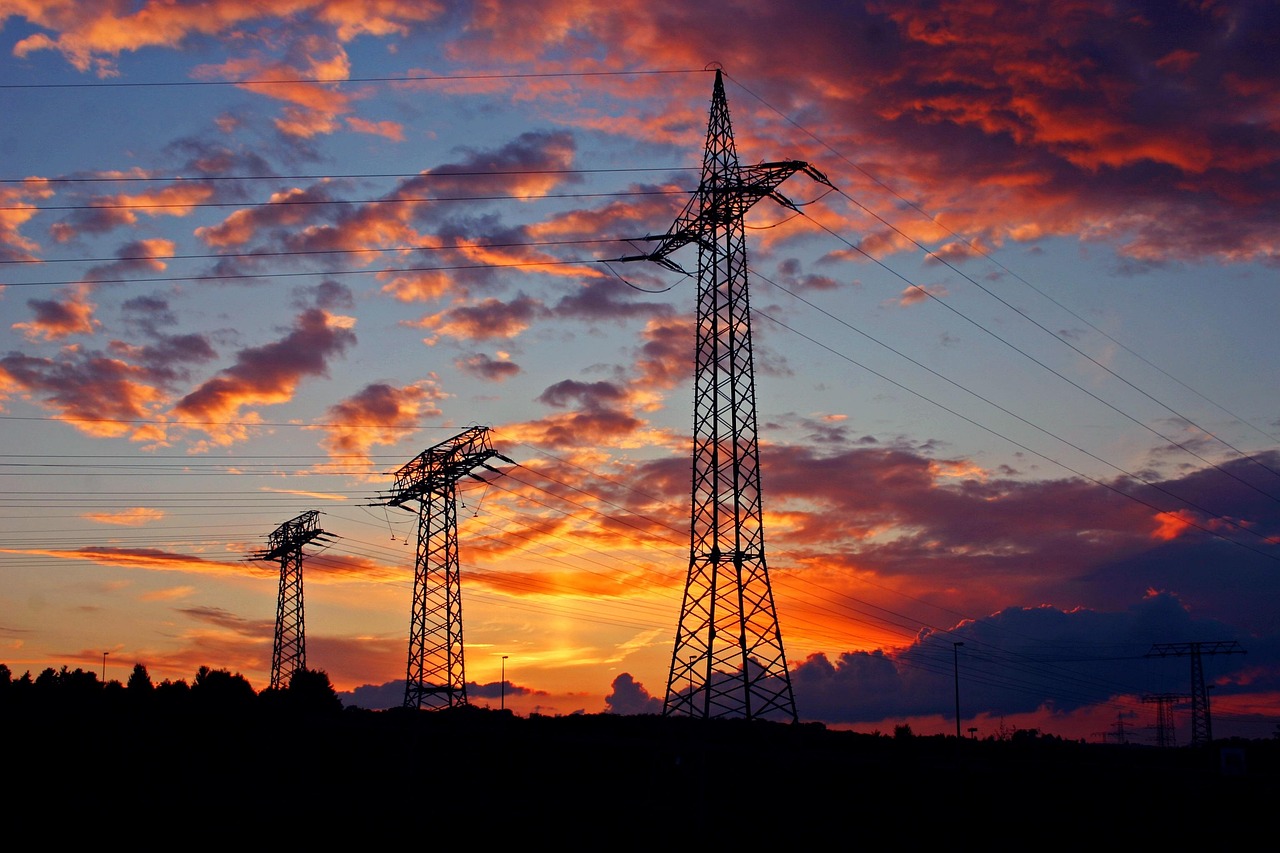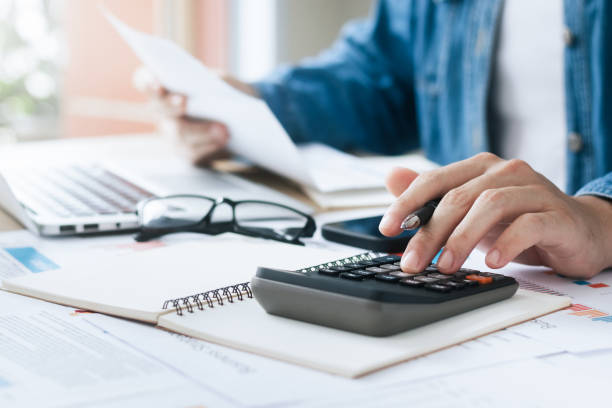The reverse charge mechanism represents a critical aspect of VAT compliance for non-EU businesses operating within European markets. For companies based outside Europe, understanding how this tax mechanism shifts VAT liability from sellers to buyers can significantly impact accounting procedures, cash flow, and compliance requirements. This comprehensive guide examines how the reverse charge mechanism affects non-EU businesses engaging in cross-border transactions with EU entities, helping foreign companies navigate the complexities of European VAT obligations with confidence and precision.
What Is the Reverse Charge Mechanism and Why Does It Matter for Non-EU Businesses
The reverse charge mechanism is a VAT accounting procedure that transfers the responsibility for reporting and paying VAT from the supplier to the customer. For non-EU businesses, this system fundamentally changes how transactions with European partners are handled from a tax perspective. Unlike standard VAT transactions, where suppliers collect and remit tax, under the reverse charge system, the business customer takes on the VAT obligations.
This mechanism was primarily developed to address two significant challenges in cross-border taxation. First, it reduces the compliance burden for foreign companies by eliminating the need for VAT registration in every EU country where they conduct business. Second, it helps combat VAT fraud, particularly “carousel” or “missing trader” schemes that cost EU member states billions in lost revenue annually.
For non-resident businesses operating from outside Europe, the reverse charge creates a streamlined approach to VAT handling. Rather than navigating 27 different VAT registration processes across EU member states, companies can often rely on their customers to fulfill the tax obligations, simplifying their European operations considerably.
When Does the Reverse Charge Apply for Foreign Companies?
Non-EU businesses need to identify precisely when the reverse charge mechanism applies to their transactions. The applicability primarily depends on several factors, including the nature of the supply, the status of the customer, and specific member state regulations.
The reverse charge typically applies in the following scenarios for non-resident businesses:
- B2B cross-border transactions: When a non-EU company provides goods or services to a VAT-registered business in an EU member state, the reverse charge often applies automatically. The EU customer must be identified for VAT purposes (have a valid VAT number) in the country where the supply takes place.
- Specific services: Certain services, such as consultancy, legal services, advertising, and digital services sold to EU business customers generally fall under the reverse charge mechanism.
- Intra-community acquisitions: While this primarily concerns movements between EU member states, non-EU businesses with EU VAT registrations also need to understand these rules when operating through European establishments.
Non-EU suppliers must verify their customers’ VAT registration status before applying the reverse charge. This verification can be done through the European Commission’s VIES (VAT Information Exchange System) database, which allows suppliers to validate customers’ VAT identification numbers.
It’s important to note that the reverse charge doesn’t apply to B2C (business-to-consumer) transactions, where different rules typically require the supplier to register and account for VAT in the customer’s country.
How the Reverse Charge Works in the EU VAT System
The practical application of the reverse charge mechanism follows a specific process that non-EU businesses must understand to ensure compliance with EU VAT regulations:
Step 1: Supplier Issues an Invoice Without VAT
When the reverse charge applies, the non-EU supplier issues an invoice to their EU business customer without charging VAT. This invoice must contain specific elements as required by EU VAT Directive Section 226, including:
- The customer’s valid VAT identification number
- A clear statement indicating that the reverse charge applies (e.g., “VAT reverse charge,” “Article 194 reverse charge,” or “Article 196 reverse charge”)
- The legal basis for applying the reverse charge
- All other standard invoice requirements
Step 2: Customer Self-Accounts for VAT
Upon receiving the invoice, the EU business customer calculates the VAT amount applicable in their country and performs a dual reporting process:
- They record the calculated VAT as output tax (as if they had sold the item themselves)
- They simultaneously record the same amount as input tax (as if they had paid VAT on a purchase)
This simultaneous recording typically results in a zero net VAT effect for businesses with full VAT recovery rights. However, partially exempt businesses may face restrictions on the amount of VAT they can recover.
Step 3: VAT Return Filing
The EU customer must properly report both sides of the transaction in their periodic VAT return. This includes declaring the purchase in the appropriate section for reverse charge acquisitions and accounting for the corresponding output tax.
For self-accounting VAT in EU transactions, timing is crucial – the tax point (the time when VAT becomes due) may differ across member states, affecting when the transaction should be reported.
Reverse Charge VAT Rules for Non-Resident Businesses
Non-EU companies face specific challenges when navigating reverse charge rules across different European jurisdictions. Each member state maintains some discretion in how it implements the reverse charge provisions, despite efforts to harmonize rules across the EU.
VAT Registration Requirements
A common misconception is that the reverse charge eliminates the need for VAT registration. While it significantly reduces registration requirements, non-EU businesses may still need to register in certain situations:
- When selling goods or services to non-VAT registered customers (B2C)
- When holding inventory in EU member states
- For import VAT purposes or when acting as the importer of record
- When the specific member state does not allow the application of reverse charge for particular transactions
Until recently, Article 194 of the EU VAT Directive included a “may provision” that allowed member states to decide whether to implement the reverse charge for non-resident suppliers. However, under the VAT in the Digital Age (ViDA) reforms, this will change to a “shall allow” provision by July 2028, harmonizing the approach across the EU and making the reverse charge more widely available to non-EU businesses.
Fiscal Representative Requirements
Several EU member states require non-EU businesses to appoint fiscal representatives even when the reverse charge applies. These representatives share joint liability for VAT compliance and often require bank guarantees, representing an additional administrative and financial burden.
Non-EU businesses should carefully research the specific requirements of each EU country where they operate, as failing to appoint a fiscal representative where required can result in penalties and compliance issues.
Benefits and Risks of Using the Reverse Charge Mechanism
For non-Europe businesses, the reverse charge mechanism offers several advantages but also comes with potential compliance risks that should be carefully managed.
Benefits for Non-EU Companies
- Reduced administrative burden: By shifting VAT obligations to customers, non-EU companies can avoid complex VAT registration and filing requirements in multiple jurisdictions.
- Improved cash flow: The seller doesn’t need to charge, collect, and remit VAT, eliminating the need to pre-finance VAT amounts or wait for refunds.
- Lower compliance costs: With fewer VAT registrations required, businesses can significantly reduce accounting and tax advisory expenses related to European operations.
- Access to EU markets: The mechanism makes it easier for non-EU businesses to enter European markets without immediately establishing a complex tax infrastructure.
Potential Risks and Challenges
- Misapplication of rules: Incorrectly determining when the reverse charge applies can lead to VAT underpayments, penalties, and interest charges.
- Invoice compliance issues: Failing to include proper reverse charge notations or customer VAT numbers on invoices can trigger compliance problems.
- Documentation requirements: Tax authorities may challenge transactions without proper evidence that the reverse charge conditions were met.
- Changing regulations: The EU VAT framework continues to evolve, with significant changes like the ViDA reforms altering how reverse charge provisions are applied.
- Variable implementation: Despite harmonization efforts, individual member states may interpret and enforce reverse charge rules differently.
Common Misconceptions About the EU Reverse Charge System
Non-EU businesses often encounter several misleading assumptions about the reverse charge mechanism that can lead to compliance failures:
Misconception 1: Reverse Charge Always Applies to B2B EU Transactions
While the reverse charge commonly applies to B2B cross-border transactions within the EU, its application isn’t universal. Specific conditions must be met, including customer VAT registration status, the nature of goods or services, and the jurisdiction-specific implementation of EU directives.
Misconception 2: No Registration Required Under Any Circumstances
Although the reverse charge reduces registration requirements, non-EU businesses may still need to register for VAT in specific scenarios, such as when selling to consumers, holding inventory in the EU, or when member states don’t permit reverse charge for certain transaction types.
Misconception 3: One-Size-Fits-All Implementation Across the EU
Despite EU-level directives, member states retain some flexibility in implementing reverse charge provisions. Until the ViDA reforms are fully implemented in 2028, significant variations exist in how different countries apply these rules to non-resident businesses.
Misconception 4: No Documentation Requirements Beyond Invoice Notation
Many businesses underestimate the importance of maintaining proper documentation to support a reverse charge application. Tax authorities often require evidence of customer VAT status, the nature of services, and the place of supply determinations during audits.
Cross-Border B2B VAT Treatment and Compliance Tips
Successful navigation of the reverse charge mechanism requires non-EU businesses to adopt specific strategies for cross-border B2B VAT treatment:
Proper Invoice Documentation
Invoices must strictly comply with EU requirements when applying the reverse charge. Essential elements include:
- Clear indication of “Reverse Charge” or similar wording
- Legal basis for applying reverse charge (relevant EU VAT Directive article)
- Customer’s verified VAT number
- Comprehensive description of goods/services
- All standard invoice elements required by the EU VAT Directive
VAT Status Verification
Regularly verify customers’ VAT registration status using the European Commission’s VIES system. Document verification results and retain records to support reverse charge application during potential audits.
Transaction Mapping
Create a systematic approach to categorizing transactions based on:
- Customer location and VAT status
- Nature of goods/services
- Place of supply rules
- Special provisions for specific industries
This mapping helps determine when reverse charge applies and when other VAT treatments are required.
Technology Solutions
Implement tax determination software that automatically evaluates transaction patterns and applies the correct VAT treatment. Modern solutions can integrate with existing financial systems to ensure consistent application of reverse charge rules across all sales channels.
Working with Local Experts
Despite harmonization efforts, local nuances in reverse charge implementation remain significant. Engaging specialists with country-specific expertise can help non-EU businesses navigate these variations effectively.
How Commenda Helps Non-EU Companies Stay VAT Compliant in Europe
Commenda’s platform streamlines VAT compliance for non-EU businesses operating in Europe by automating tax tracking, reverse charge handling, and cross-border documentation. Companies can monitor filings, deadlines, and regulations across all EU member states with real-time compliance checks and automated reminders, minimizing the risk of missed obligations or penalties. The platform also automates VAT calculations and reporting, ensures correct invoicing under the reverse charge mechanism, and verifies EU VAT numbers for B2B transactions. Centralized document management and local expertise further help businesses adapt to changing regulations, ensuring consistent and audit-ready VAT compliance across the EU.
Conclusion: Simplifying VAT Compliance Through Reverse Charge Understanding
The reverse charge mechanism significantly streamlines VAT compliance for non-EU businesses operating in Europe by shifting VAT accounting and payment responsibilities from the supplier to the EU customer, thereby reducing administrative burdens and supporting tax compliance. To fully benefit, non-EU companies must ensure robust customer validation, proper invoice documentation-including mandatory references to the reverse charge-and accurate transaction analysis, as the mechanism applies primarily to B2B transactions involving VAT-registered customers. With the EU VAT landscape evolving-such as the upcoming mandatory implementation of Article 194 by 2027 or 2028-non-resident businesses must stay informed and adaptable to regulatory changes. Ultimately, a clear understanding of when and how the reverse charge applies enables non-EU businesses to optimize compliance, streamline operations, and expand their presence in the European market.
FAQs
- Can non-EU businesses use the reverse charge mechanism to avoid VAT registration in Europe?
The reverse charge mechanism can reduce the need for VAT registration in many B2B scenarios, but it doesn’t eliminate registration requirements. Non-EU businesses must still register for VAT when selling to consumers, holding inventory in the EU, or when certain member states don’t permit reverse charge for specific transaction types.
- What invoice wording is required for reverse charge compliance in the EU?
Invoices must clearly state that the reverse charge applies, typically using phrases like “VAT Reverse Charge,” “Article 194 Reverse Charge,” or “Article 196 Reverse Charge.” Additionally, the invoice must include the customer’s valid VAT number and reference to the legal basis for applying the reverse charge.
- How do I know if my EU customer is eligible for the reverse charge mechanism?
EU customers must be VAT-registered businesses identified for VAT purposes in the country where the supply takes place. Verify their VAT status through the European Commission’s VIES (VAT Information Exchange System) database before applying the reverse charge, and maintain documentation of this verification.
- What happens if a non-EU business misapplies the reverse charge on an invoice?
Incorrectly applying the reverse charge can result in underpaid VAT, penalties, interest charges, and potential liability for the full VAT amount. Tax authorities may also impose additional penalties for non-compliance with registration requirements if the reverse charge was improperly applied.
- Do digital service providers outside the EU qualify for the reverse charge scheme?
Digital service providers from outside the EU generally qualify for the reverse charge when selling to VAT-registered businesses in the EU. However, digital services sold to EU consumers (B2C) fall under different rules, typically requiring registration through the One-Stop Shop (OSS) system.
- How can software help non-EU companies automate reverse charge VAT reporting?
Modern tax determination software can automatically evaluate transaction patterns based on customer location, VAT status, and supply type to apply correct VAT treatments. These solutions can validate customer VAT numbers, generate compliant invoices with appropriate reverse charge notations, and maintain audit-ready documentation of compliance decisions.













